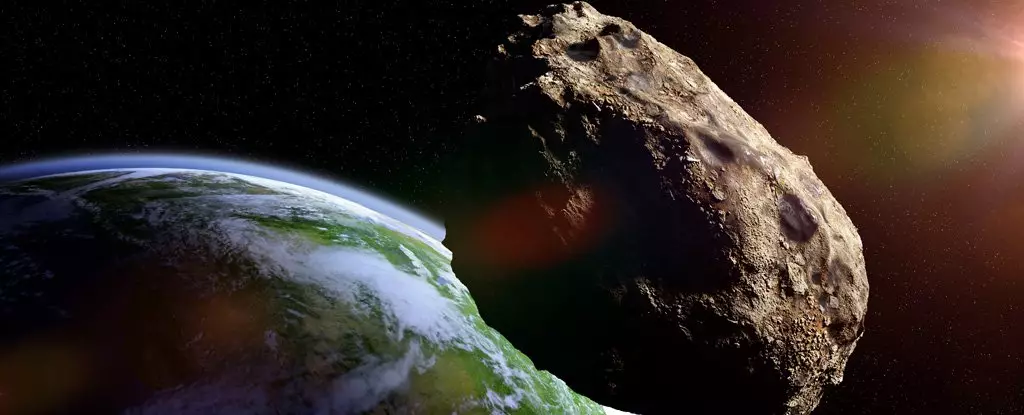The cosmos is a vast, intricate theater of celestial bodies, some of which pose potential threats to our home planet. One such body is asteroid 2024 YR4, which has recently garnered the attention of global space agencies due to the approximately 1 in 83 chance of impacting Earth in the near future. Officially marked for observation by the International Asteroid Warning Network (IAWN), this rock is anticipated to cross paths with Earth on December 22, 2032.
Asteroids, depending on their size and speed, have the potential to cause catastrophic damage upon impact. The case of 2024 YR4 is serious enough that experts are taking precautionary measures, even as the most likely outcome remains a near miss. David Rankin, a Catalina Sky Survey engineer, conveyed this mixed message in a recent announcement, emphasizing the significance of this event as one of the highest-impact probabilities recorded for an asteroid of considerable size.
While the asteroid’s size is estimated to range between 40 to 100 meters, discussions within the scientific community highlight that it can inflict severe consequences, focusing mainly on localized destruction. As such, impact assessments estimate the possibility of devastation extending up to 50 kilometers around the site of impact. Geographic areas that could be affected include portions of the eastern Pacific, northern South America, Africa, and South Asia. Such assessments reveal an urgent need for preemptive action and international cooperation in monitoring its trajectory.
The ongoing monitoring, conducted by a mix of prominent organizations such as NASA’s Center for Near-Earth Object Studies and the European Space Agency, showcases the international commitment to planetary defense. Despite the less than 2% statistical chance of collision, the asteroid has been assigned a rating of 3 on the Torino Scale, prompting researchers to give it due attention. The scale serves as an indicator of the level of concern for near-Earth objects, a critical tool in assessing the potential severity of risks presented by asteroids.
As history illustrates, initial observations of a newly identified asteroid often indicate a higher potential for collisions simply because of the limited data available. In the case of 2024 YR4, it has an elongated, eccentric orbit, making predictive calculations particularly complex. The consequence of this uncertainty is an initial wide risk corridor that can overlap with Earth’s orbit. However, as more data is gathered and observed, this corridor narrows, often adjusting our understanding of the asteroid’s trajectory.
Need for Enhanced Observation and Technological Solutions
As scientists prepare for further assessments, they will likely consider more than just the existing trajectory. Increased observational efforts can lead to refined measurements that help clarify the road ahead. The Space Mission Planning Advisory Group, which is mandated to evaluate such risks, will gather soon to determine the necessary actions based on the asteroid’s evolving risk level.
If the risk remains significant, discussions will escalate regarding possible mitigation strategies. These may include potential deflection missions using advanced technologies currently under development. The proven effectiveness of missions like NASA’s DART, aimed at altering the course of hazardous asteroids, signals that the technological foundation exists to address these celestial risks.
Successfully navigating this potential threat necessitates not just governmental action but also public awareness and involvement in scientific advances. Increasing public understanding of asteroids, their risks, and the measures being taken can foster a more informed citizenry. Engaging communities in scientific discussions strengthens the collective resolve to respond to celestial risks. Ultimately, the survival of our planet may hinge on global cooperation and readiness to take action.
Asteroid 2024 YR4 epitomizes the dual nature of threat and opportunity in space exploration. As we strive to protect our planet, we also expand our capabilities in monitoring and possibly neutralizing potential dangers from the cosmos. By continuing to invest in our observational and technological capabilities, the world can ensure readiness against inevitable future challenges presented by our ever-changing universe.


Leave a Reply